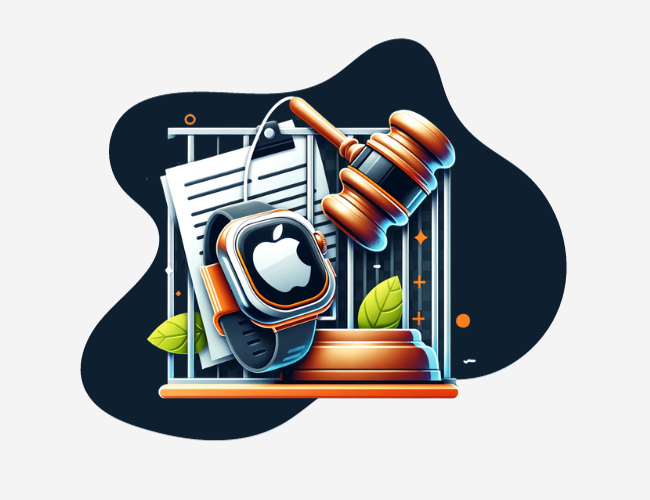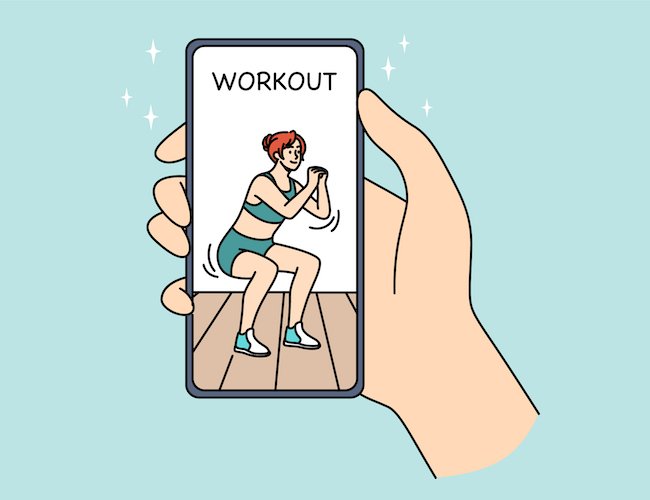It’s been almost a year since we last published a blog post about how mobile apps are the future of consumer and enterprise wellness programs, and 12 months later, the data couldn’t be clearer – we continue to be headed down an app-centric path. As an update to the earlier post, below are the top 5 reasons why mobile apps will continue to be the technology of choice for wellness.
#1 Smartphone Adoption > Wearable Adoption
According to a GlobalWebIndex survey of 170,000 adult internet users across 32 markets, 80% of online adults own a smartphone while only 9% and 7% report having a smartwatch or smart wristband, respectively. Wearables may be the technology of choice for wellness programs five years from today, but unless an employer is looking to purchase and manage devices for all their employees, smartphones and mobile apps are the technologies of choice in the near-term.
#2 Programs With Wearables Are Costly
Costs are half the equation in determining the ROI of wellness programs so managing costs is critical. Mobile app technology is significantly cheaper because there is a robust ecosystem of FREE health and wellness apps so employers do not need to purchase or maintain devices. These cost advantages allow employers to invest in other areas of their wellness strategy, including richer incentives to reward healthy behavior and healthy food options.

#3 Smartphones Adherence Is Higher
How often do you hear that someone is giving up their smartphone? Probably never. According to a survey from Endeavour Partners, a third of consumers who own a wearable device stopped using it within six months and more than half of consumers who own one no longer use it. Wearables lose their novelty for some individuals, and for others, the device breaks. When most people lose or break their smartphone, getting a new one is the highest priority thing on their to-do list. This means constant access to wellness technologies (mobile apps).
#4 Smartphones Produce Better Data For Free
A study published in the Journal of the American Medical Association (JAMA) showed that pedometers and smartphone apps were equally accurate in tracking steps. Unfortunately for wearables, smartphone apps that track steps are free. Apps that track distance for running, biking, hiking, etc. through GPS in the phone are also free and more accurate than non-GPS activity trackers (Fitbit, Jawbone UP, etc.). GPS-based wearables, such as Garmin watches, are expensive and don’t always track steps.
#5 Apps Are Easy to Distribute, Wearables Not So Much
Wearable devices require physical distribution to employees; mobile apps do not. While distribution (and sometimes collection) of a wearable device is not an insurmountable hurdle, it can present logistical challenges and unnecessary extra work for a human resources department. Additionally, employers will be responsible for hardware maintenance (faulty products, battery failure, etc.) and replacement. Alternatively, employees can download the mobile apps most relevant to their interests, update them on their own, and even transfer them to new devices through the cloud, without putting any burden on the employer. The ease of mobile app distribution relative to wearable distribution improves the lives of wellness program administrators and participants, increases engagement (by not having downtime due to hardware issues), and requires fewer resources (lower costs).
We love wearables at Wellable but realize that high-engagement programs need to be built on top of installed technologies like smartphones. This post is not met to bash wearable technologies; rather, it is meant to show that broad-based wellness programs designed to optimize engagement need to focus on health and wellness mobile apps. Wearable aficionados should be allowed to continue their use of that device the same way an app users can continue to use their consumer wellness app. The only difference is that enterprises need to embrace a BYOD wellness strategy that avoids the costs and administrative resources associated with wearable-based wellness programs.













